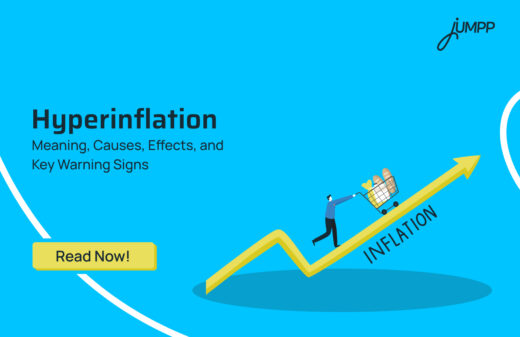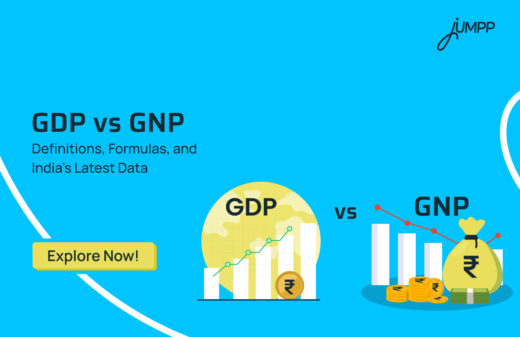What is Dividend Yield in the Share Market – Meaning and Importance

When you invest in the stock market, you are not just picking companies; you are choosing between different kinds of returns. Some come from price growth, others from regular payouts. One of the most important ratios that helps you evaluate this is the dividend yield. It shows how much a company pays you each year in dividends relative to its current share price.
So what exactly is the dividend yield in the share market, and what is the dividend yield formula?
Let’s see!
What is Dividend Yield in the Share Market?
Dividend yield is one of those numbers that tells you how much income a stock is giving you compared to its price. Technically, it represents a company’s annual dividend as a percentage of its current share price. It helps you see the earning potential of your investment from dividends alone, without counting capital gains or stock price growth.
Dividend Yield Ratio– It is a financial metric that indicates the annual amount of dividends a company pays to its shareholders relative to its current stock price. It is expressed as a percentage and is a key tool for investors focused on generating regular income from their portfolios
It is generally called the “income ratio” of a stock.
Dividend Yield Formula / How to Calculate Dividend Yield
The Dividend yield ratio formula is actually very simple:
Dividend Yield = Annual Dividend Per Share/ Current Market Price Per Share×100
Example:
If a company pays ₹10 per share as an annual dividend and its current stock price is ₹200, then
(₹10÷₹200) ×100 = 5%
That means for every ₹100 you invest in that company’s shares, you can expect ₹5 annually in dividend income.
What are the Advantages of Dividend Yield in the Share Market
Like every financial ratio, dividend yield has its strengths.
Let us explore the importance of the dividend yield ratio in the share market!
1. Consistent Income
Dividend-paying stocks or funds offer a reliable source of income, which is especially beneficial for retirees or people looking for passive cash flow.
2. Lower Volatility
Companies that pay dividends regularly are often more stable. They tend to be well-established businesses that are less affected by market fluctuations.
3. Inflation Hedge
As companies grow, their earnings and dividends can also increase, helping investors protect their purchasing power against inflation over time.
4. Diversification
Dividend yield mutual funds invest in a basket of such companies across sectors. This diversification helps reduce the impact if one particular company or industry faces a downturn.
What are the Disadvantages of Dividend Yield in the Share Market
Lying too much on dividend yield can be risky, as it may hide weaknesses that numbers alone cannot reveal.
Let us explore the drawbacks of using the dividend yield ratio!
1. Limited Capital Appreciation
Companies with high dividend yields often reinvest less in expansion or innovation. This can limit the potential for major stock price growth, making them more suited for income rather than capital appreciation.
2. Dividend Traps
An extremely high dividend yield can sometimes be misleading. It might be the result of a sharp fall in stock price rather than an increase in dividends. Such cases are often called “dividend traps” and can result in losses if the company later reduces or stops paying dividends altogether.
3. Taxation in India
After the Union Budget 2020, dividends are now taxed in the hands of the investor based on their income tax slab.
For individuals in higher tax brackets, this reduces the overall attractiveness of dividend income.
4. Not Guaranteed
Dividends depend on the company’s financial health and board decisions. If profits drop or market conditions worsen, the company can cut or skip dividend payments.
There is no assurance of consistent income.
Things to Keep in Mind About Dividend Yield
When looking at dividend yield, it is easy to assume that a higher number always means a better investment. But that is not always the case.
A high yield can sometimes signal trouble rather than strength. To understand it correctly, investors need to look at the bigger picture.
- A very high yield is not always a positive sign. Sometimes, it happens because the stock price has fallen, making the yield look attractive even when the company is struggling.
- It could also mean the company is paying out too much of its profits as dividends, which may not be sustainable if earnings fall.
- Companies that pay large dividends often have less money left to reinvest in growth, research, or expansion.
- Always compare dividend yields within the same industry, as sectors like utilities naturally offer higher yields than technology or growth-driven companies.
- You must check the dividend payout ratio to see how much of a company’s profits are being distributed. A ratio above 90% can be a red flag.
- Strong cash flow and low debt are signs that a company can sustain its dividend payments over time.
- Finally, make sure your choice aligns with your goals. Income-focused investors may value dividends more, while growth-focused investors might prefer companies that reinvest their earnings.
In short, dividend yield is a helpful metric, but only when viewed in context. It should support your investment strategy, not define it.
Also Read: Corpus Fund Meaning — Learn How It Helps You Build Long-Term Wealth
What is a Dividend Yield Fund / Dividend Yield Mutual Fund
Now, if you like the idea of dividend-paying companies but do not want to pick individual stocks, dividend yield mutual funds are an easier option.
A Dividend Yield Fund is a type of equity mutual fund that mainly invests in companies known for paying high and regular dividends. The aim is to create a mix of income and modest growth. These funds focus on financially stable companies that are less volatile and usually have strong cash flows.
According to SEBI, for a fund to be called a Dividend Yield Fund, it must invest at least 65% of its total assets in dividend-paying stocks or equity-related instruments.
In short, these funds are for people who want a regular income stream and are not looking for aggressive short-term growth. They are often preferred by conservative investors who want exposure to equity but with a lower risk profile than pure growth-oriented funds.
If you want to explore dividend yield funds or other mutual fund options that match your goals, invest with the best mutual fund investment app.
Conclusion
Dividend yield is not just a number. It is a window into how a company values its shareholders and how steady its business really is. It suits investors who value regular income and lower volatility, but it should never be used alone to make an investment decision.
A balanced investor always checks both sides of the story, the dividend yield for income, and the company’s growth potential for long-term appreciation. Together, these give a clearer picture of whether a stock truly fits your financial goals.
Dividend Yield Fund- FAQs
Dividend yield is a ratio that shows how much a company pays in dividends each year compared to its current stock price. It helps investors understand the annual income they can expect from owning that stock.
A 10% dividend yield means the company pays an annual dividend equal to 10% of its current share price. For instance, if a stock costs ₹100, it pays ₹10 in dividends per share each year.
A good dividend yield usually ranges between 2% and 6%, depending on the company and industry. Anything unusually high might suggest the company is struggling or its stock price has fallen sharply.
A 20% dividend refers to the payout based on the share’s face value, not the market price. So, if a share’s face value is ₹10, a 20% dividend means the company pays ₹2 per share.
To earn ₹1 lakh per month in dividends, you would need to invest a large amount in dividend-paying stocks or funds. At a 5% average yield, it would require roughly ₹2.4 crore in invested capital.
Yes, though most companies pay quarterly or annually, some firms and products, like REITs or certain mutual funds, offer monthly dividend payouts.
Dividend stocks can limit capital growth since companies reinvest less in expansion. They also carry risks of dividend cuts and yield traps, and the income earned is taxable.
No, dividend yield is only a percentage measure of return, not a payment. The actual dividends are paid monthly, quarterly, or yearly, depending on the company’s policy.
High dividend yields can mean the company’s stock price has dropped due to weak financial health. Such yields may not be sustainable and could lead to dividend cuts or losses in stock value.






